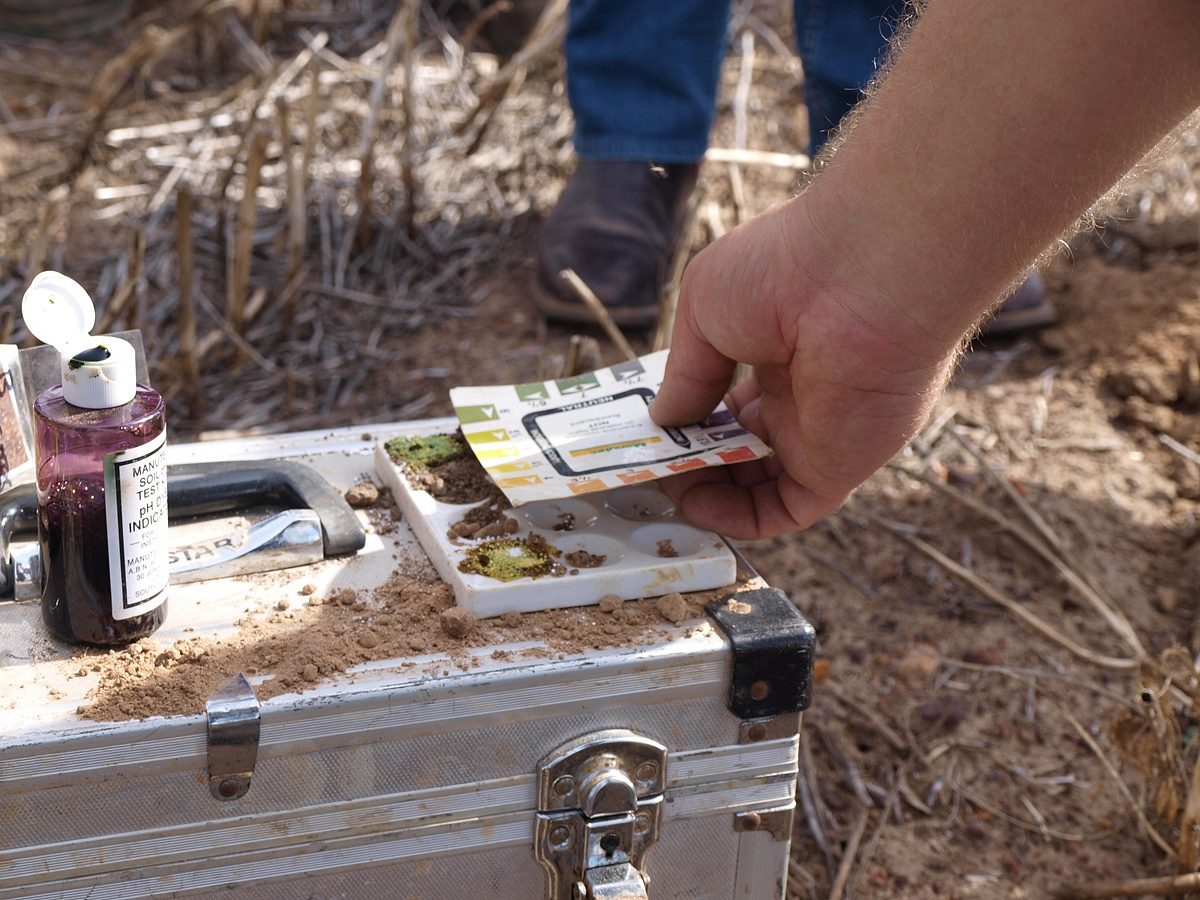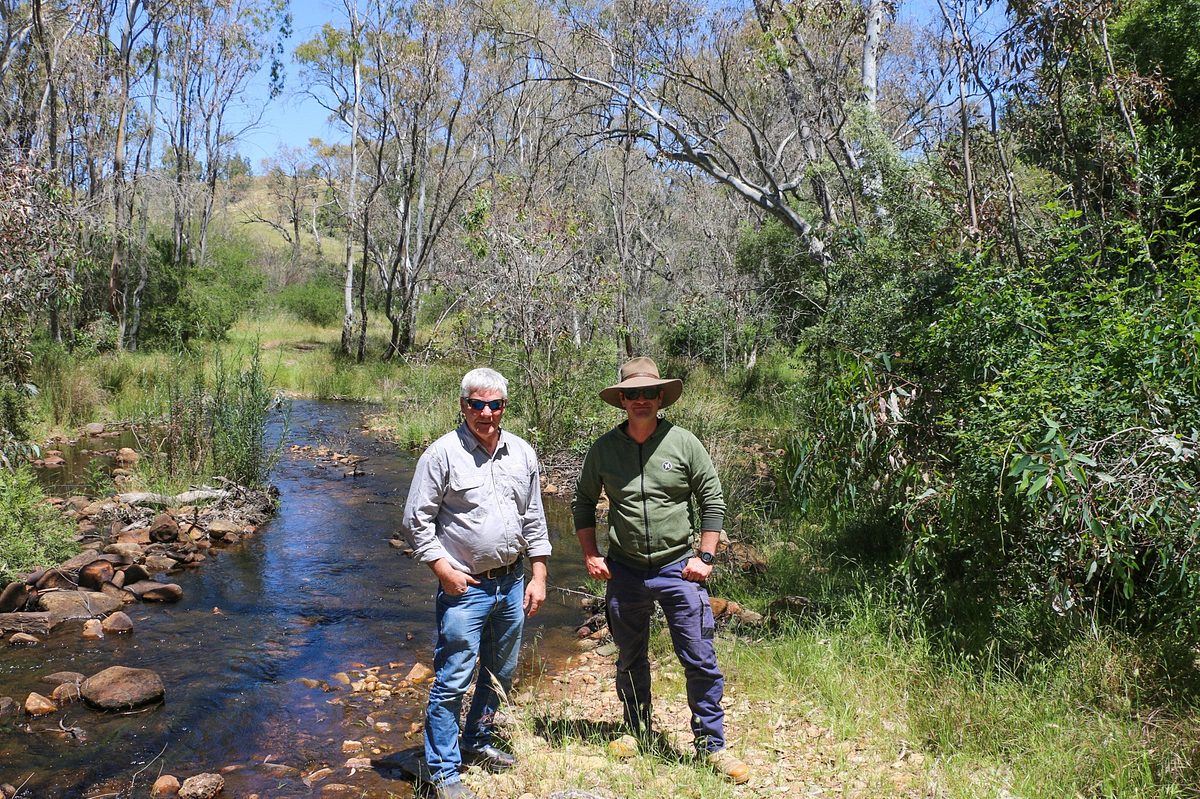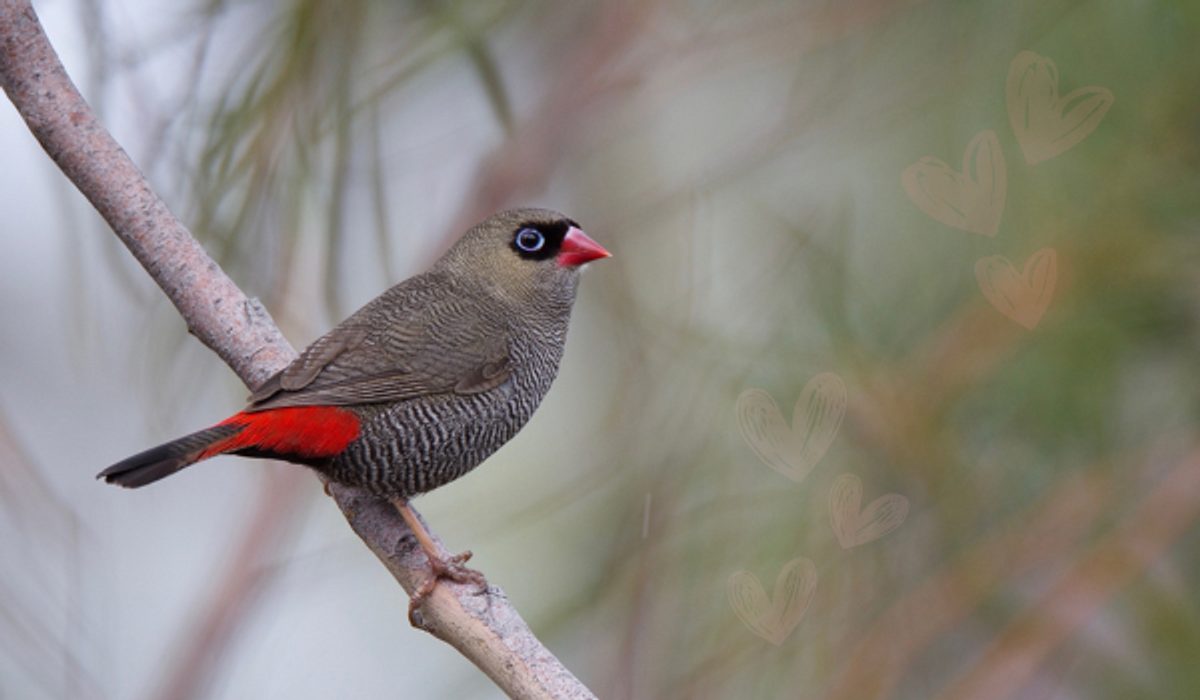Detection dogs sniff out pest animals and rare species to help conservation efforts
Using the superlative sniffing powers of canine detectives to rapidly find pest animals and rare species continues to expand – in leaps and bounds.
Rare plants and animals saved by a nose revealed how springer spaniel Nessie sniffs out fox dens to protect the eggs and chicks of hooded plovers, while trained dogs were used to sniff out active burrows of the rare kowari to help guide future conservation work.
These highly trained noses are now being used to great effect in other projects.
Dogs helping to eradicate feral cats on Kangaroo Island
Feral cat predation is a major threat to the Island's valuable and endemic native animals, many of which are threatened on mainland Australia.

Sustained effort and multi-pronged efforts over many years to control feral cats on KI means there is now estimated to be less than150 feral cats remaining on the Dudley Peninsula of Kangaroo Island. The planned winter 2025 knockdown program is predicted to achieve a 90% reduction of this population. Read more about the project and its unprecedented community support.
Ensuring that the last few feral cats are found and removed will be challenging but critical. As feral cat densities decline, the remaining cats will become more difficult to find and remove. This is why American bluetick hounds – dogs known for their strong hunting instinct and tracking skills – have been added to the toolkit to help find and remove every feral cat on the Dudley Peninsula.
Kangaroo Island Landscape Board’s Paul Jennings is leading the world’s largest feral cat eradication program on an inhabited island. For him, the choice is clear – remove cats from the island to allow our wildlife to recover and flourish.
Paul has trained dogs Jagger and Murra, with a third puppy, Spur, undergoing training so that they only chase and find cats. They feature in this ABC story and this episode of Landline.
Learn more about the Dudley Peninsula Feral Cat Eradication Program.

Sniffer dogs in training to track tiny lizards in Mid North
Detection dogs are in training to sniff out endangered pygmy bluetongue lizards as part of a 2-year conservation project in the Northern and Yorke region.

Flinders University, Northern and Yorke Landscape Board, Nature Foundation and Conservation & Detection Dogs SA are working together to improve the survival prospects of this tiny lizard that now remains only in South Australia’s Mid North.
The dogs will track pygmy bluetongue lizards (Tiliqua adelaidensis) in grassland areas, using finely-honed smell receptors to locate lizards hidden deep in trap door spider holes, which the lizards commonly call home.
It’s hoped the detection dogs will quickly and accurately allow researchers to detect the presence of lizards in an area.
Conservation & Detection Dogs SA has worked on a range of conservation projects including detecting koalas, shingle back lizards, yellow sedge skipper butterfly larvae and fox dens.
Its brother and sister team of spaniels, 2-year-old Badger and Hettie, are currently in training and face unique challenges in detecting pygmy bluetongue lizards, according to their trainer Mandy Jones.

Dogs in training: finding the elusive Murray-Darling carpet python
A three-year project led by the Murraylands and Riverland Landscape Board is aiming to shine a light on one of the region’s most elusive reptiles—the Murray-Darling carpet python.

Once commonly seen along the River Murray and surrounding floodplains, sightings of this iconic native species have declined over time, raising concerns about its long-term survival.
As part of the project, a trial is underway to see if conservation detection dogs can help locate these elusive pythons.
Partnering with Skylos Ecology, the trial is testing whether trained dogs can sniff out the scent of a python, making it easier for ecologists to find them in thick vegetation or hard-to-access areas.
With help from Animals Anonymous, captive Murray-Darling carpet pythons are being used to train the dogs and familiarise them with the species’ scent.
While it’s still early days, the trial is showing promising signs. Combined with local knowledge, scientific research, and community involvement, detector dogs may become a valuable survey methodology in the quest to conserve this iconic native species.

More information
Find out more about these and other projects caring for land, water and nature by visiting the relevant landscape board’s website.


